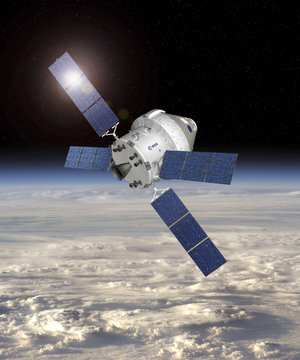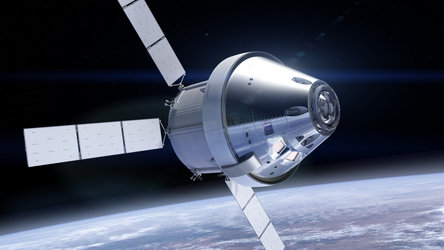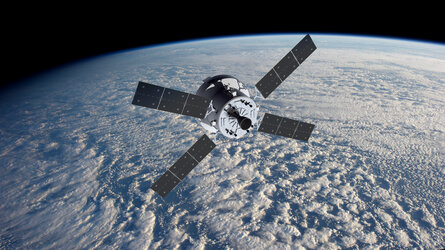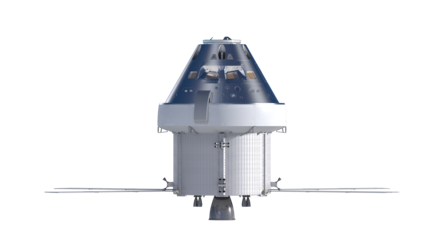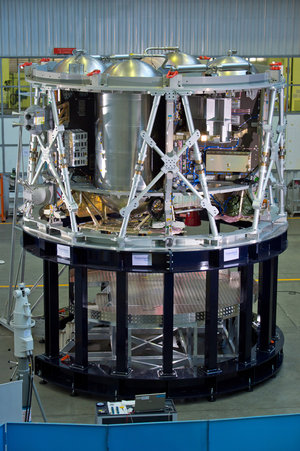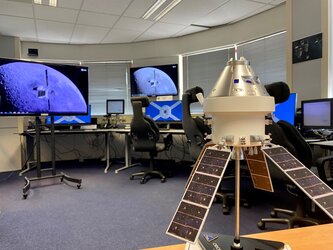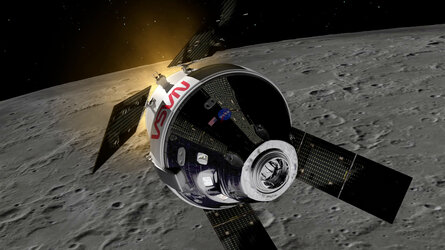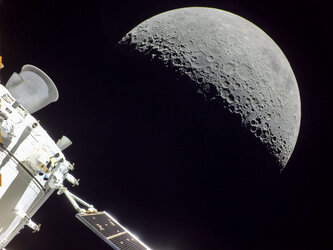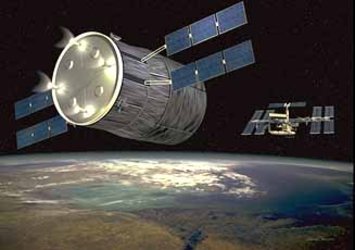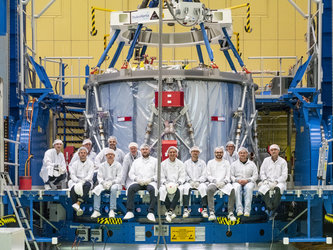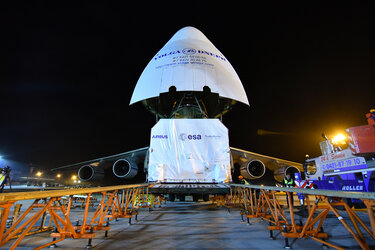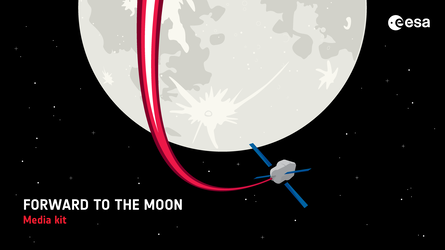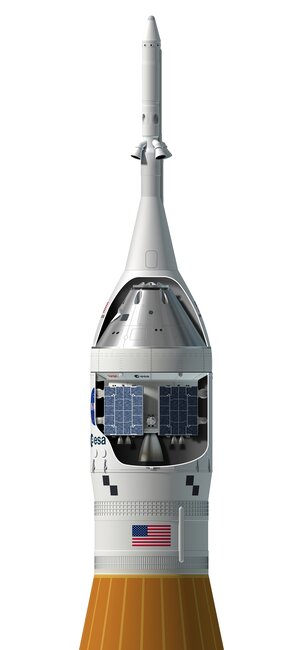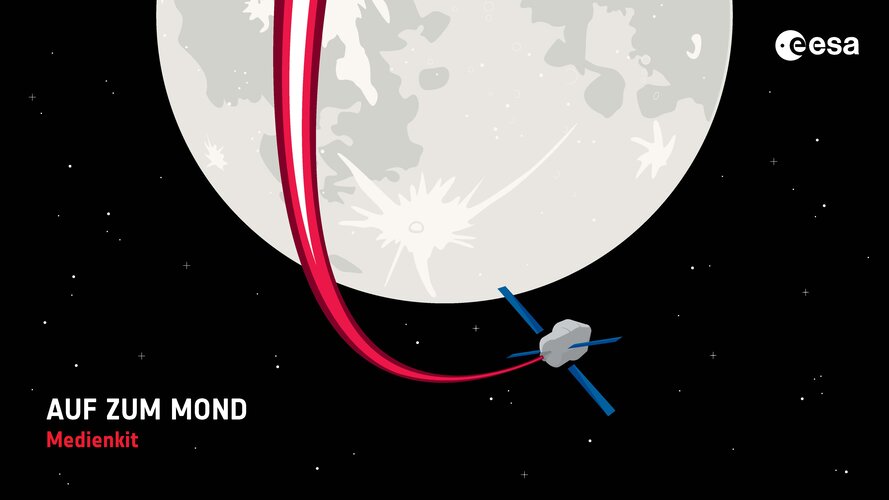Forward to the Moon: lunar mission Artemis I begins
In brief
At 07:47 CET (06:47 GMT, 01:47 local time), the Artemis I mission started its voyage to the Moon as NASA’s new Moon rocket lifted off from the Kennedy Space Center in Florida, USA, and put the Orion spacecraft and its European Service Module into Earth orbit.
In-depth
The spacecraft spent two hours circling Earth before being boosted towards the Moon. The spacecraft is in good health and all systems are operating as expected as it now begins its ten-day cruise to our natural satellite.

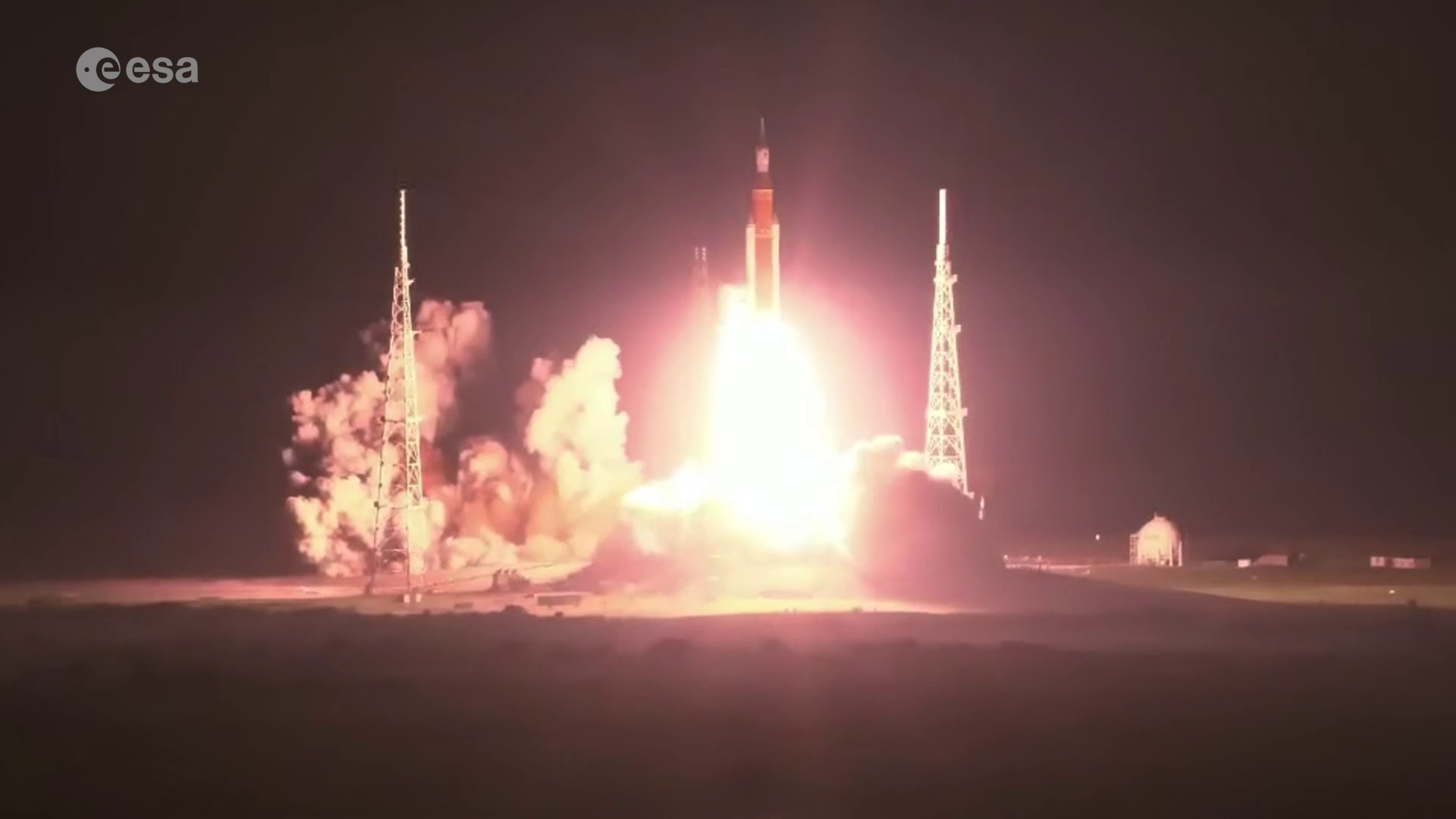
Access the video
NASA’s Space Launch System is the most powerful rocket ever built and is designed for the Orion spacecraft to ferry astronauts and Gateway modules to the Moon. The Artemis I test-flight is uncrewed, but the next three spacecraft are already in production with hardware delivered by more than 20 companies in ten European countries.
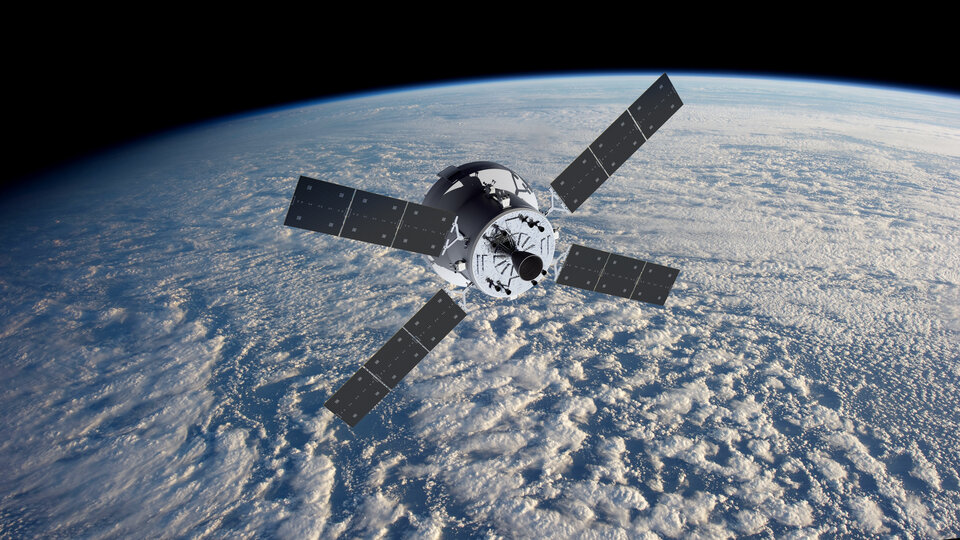
“The European Service Module and Orion spacecraft comes from decades of excellent collaboration between ESA and NASA,” says ESA’s Director General Josef Aschbacher.
“From the Hubble and Webb telescopes and the Earth-observing Sentinel-6 satellite, through to the International Space Station and now Artemis, ESA is proud to be NASA's preferred partner and, with this launch, to be taking humankind to the Moon together.”
ESA designed and oversaw the development of Orion’s service module, the part of the spacecraft that supplies air, electricity and propulsion. Much like a train engine pulls passenger carriages and supplies power, the European Service Module is now taking Orion to the Moon and back.
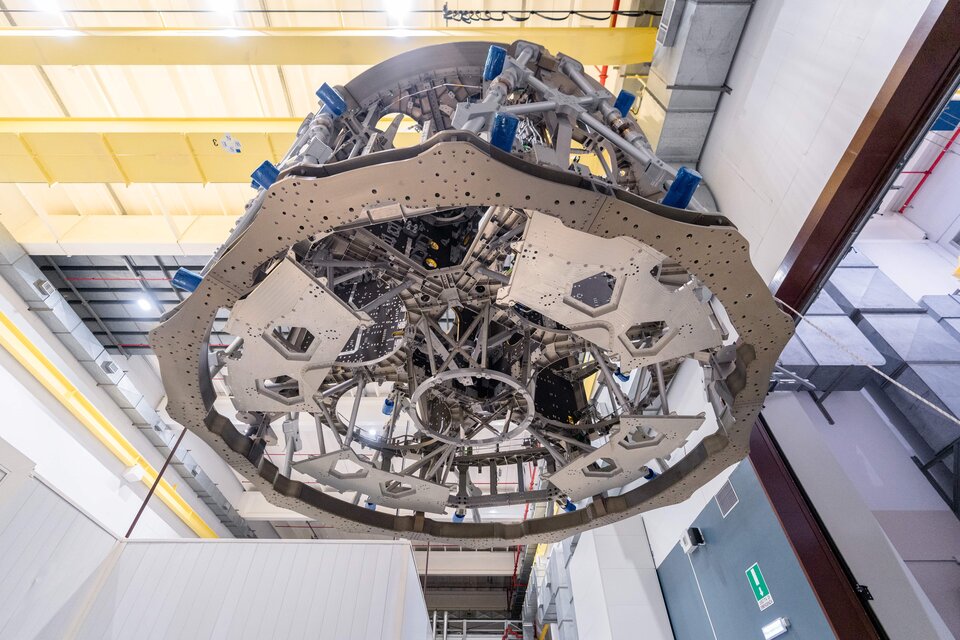
"We announced the Orion and European Service Module collaboration in 2013 and although today’s launch is a highlight of the mission, it marks only the start of the Artemis I mission and our larger lunar ambitions,” says ESA’s Director for Human and Robotic Exploration David Parker.
“In the coming years we will see European modules being launched to build up the international lunar Gateway and ESA astronauts venturing farther from Earth than ever before, with a European on the Moon by the end of the decade.”
Flying to the Moon and back
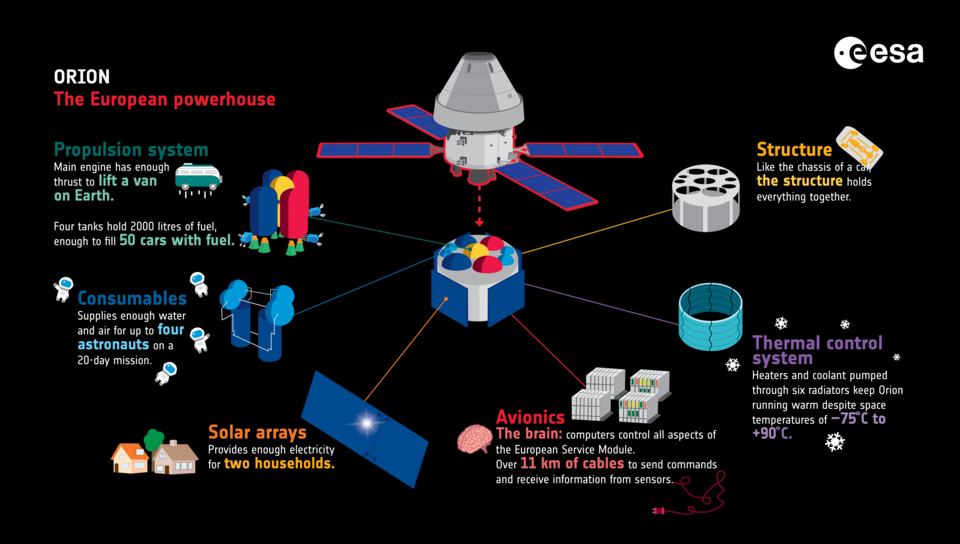
The Artemis I mission will see Orion and the European Service Module on a 26-day mission to the Moon and back. It will spend around a week orbiting the Moon, with the European Service Module firing its 33 engines to keep the spacecraft on course and in the best position to receive sunlight on the four 7-m long solar arrays.
The European Service Module also keeps the spacecraft operating at correct temperatures and holds all the fuel tanks for the engines. In future Artemis missions, the European Service Module will deliver air and water to the astronauts working in the Orion’s crew module.

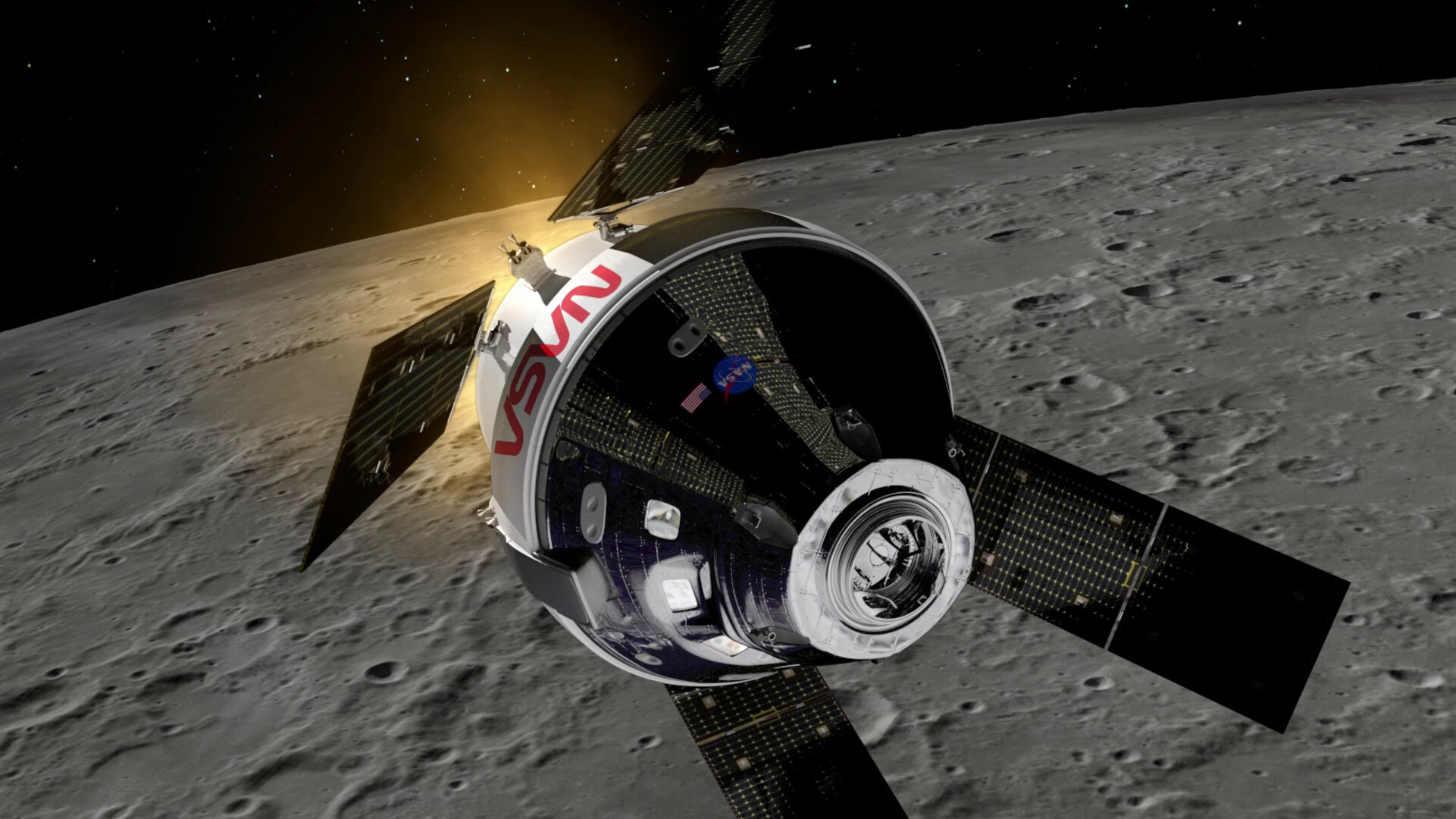
Access the video
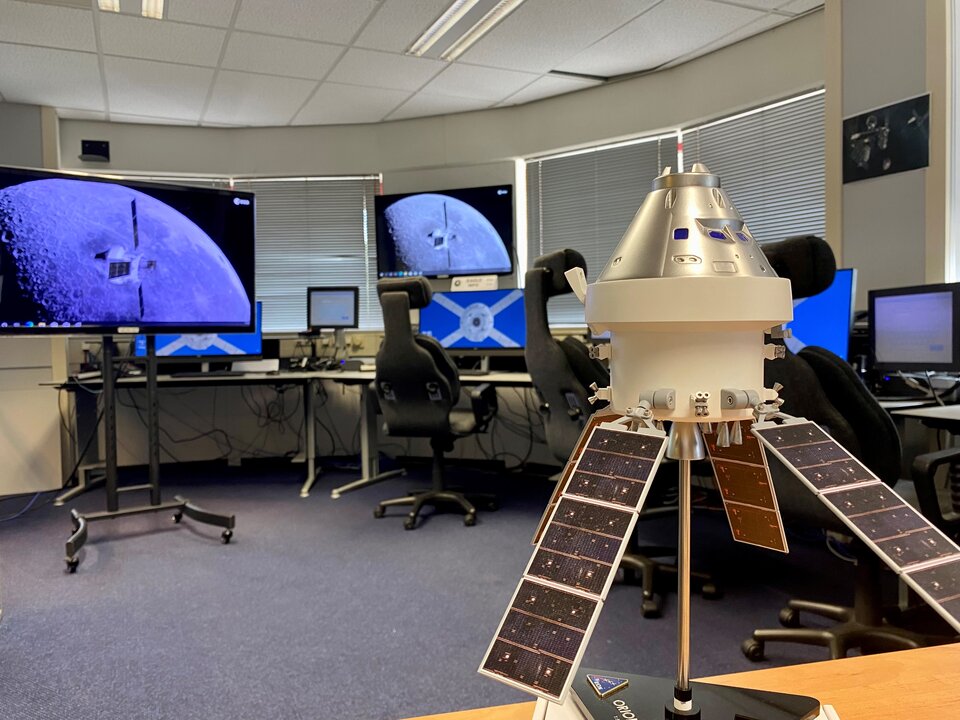
Throughout the mission, personnel based at ESA’s technical heart ESTEC in The Netherlands are on-hand to provide expertise and in-depth knowledge of the European Service Module to the main mission control at NASA’s Johnson Space Center, in Houston, USA.
Artemis I will end with a splashdown in the Pacific Ocean, off the coast of California, USA. The European Service Module separates and burns up harmlessly in the atmosphere shortly before the Orion crew module splashes down.



